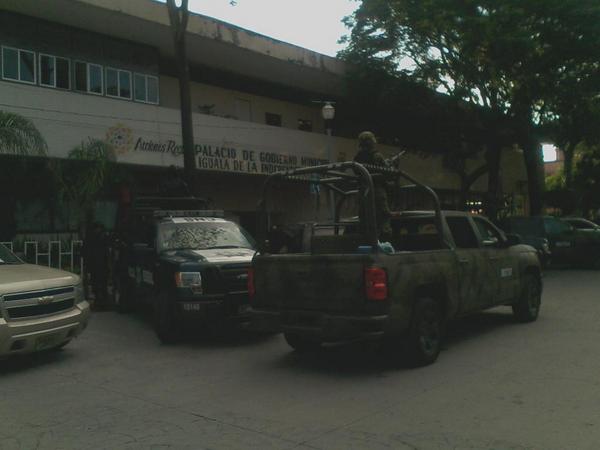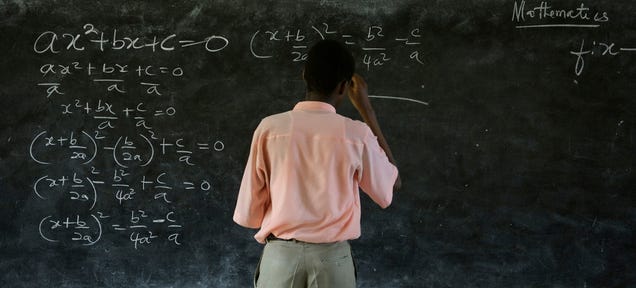In 2012, Larry Ellison, the co-founder and chairman of Oracle
Corporation, paid a lavish sum of 300 million U.S. dollars to own 97
percent of the Hawaiian island of Lanai.
It’s hardly surprising for a man of extravagance and opulence such as
Larry Ellison, who is currently the fifth-wealthiest person in the
world, to spend such huge sums to own private islands. He’s just another
in the long list of millionaires and billionaires of the world
who own private islands, even some whose assets may not be as massive as that of Ellison.
Are private islands the privilege of mega rich people only? It might
seem so, taking into account the stories of private island purchases of
Ellison and other elites.
But, as it turns out, that’s not the case.
There are plenty of average Joes out there who own island lots or
even entire islands in some of the most beautiful and exotic places in
the world. Affordable island property can be hard to find, but companies
like
Viva Tropical are now helping even not-so-rich people locate and purchase private islands of their own.
Below are ten such places where you can buy bonafide island property at prices to fit any budget.
1. Bird Island, Florida
 The Bird Island of Florida is a located on the Harris Chain of Lakes,
just east of Lady Lake and a short trip to the Villages. It is 50 acres
and offers stunning views of Lake Griffin. With its pristine
surroundings, it’s a great place to relax and gaze at what nature has to
offer. It also offers plenty of opportunities to enjoy water sports.
Fishing tournaments are held every year on this Harris Chain of Lakes.
The price of this island is $250,000 USD, a significant downsize from
what Larry Ellison paid for Lanai.
The Bird Island of Florida is a located on the Harris Chain of Lakes,
just east of Lady Lake and a short trip to the Villages. It is 50 acres
and offers stunning views of Lake Griffin. With its pristine
surroundings, it’s a great place to relax and gaze at what nature has to
offer. It also offers plenty of opportunities to enjoy water sports.
Fishing tournaments are held every year on this Harris Chain of Lakes.
The price of this island is $250,000 USD, a significant downsize from
what Larry Ellison paid for Lanai.
2. Boca Chica Island, Panama

There
are few places in the world where you can truly have it all. Boca Chica
Island, Panama is one of them. With all of its 11 acres in an untouched
natural state, this beautiful Central American Island offers great
opportunities for fishing, beautifully diverse flora and fauna, and the
finest views of the Pacific and the surrounding islands. It’s also
primed for a big boom, given the recent infrastructure improvements in
Panama’s Chiriqui province, which include an expansion of the nearby
international airport. It’s priced at $1.5 million, making it quite
affordable private island and is available via
VivaTropical.com.
3. Roatan, Honduras

The
rather affordable private island of Roatan is located off the coast of
Honduras and is the largest of the country’s Bay Islands. It offers
access to the Mesoamerican Barrier Reef, the hemisphere’s largest, as
well as plenty of attractions that lure tourists from all over the
world, many via cruise ship. With plenty of amenities and modern
conveniences, the island has been growing in popularity in recent years.
However, it still offers a number of varied options for those wanting
to purchase property, so interested buyers should be able to find
something within their price range.
4. Hastholmen, Sweden

Hastholmen is a beautiful private island located near the town of Dalom, in the
in the Västernorrlands län region
of
Sweden. This private island consists of two cottages, a sauna, a
boathouse, bathing spots and sundecks by the water. With plenty to see
and do from morning to evening, the island offers Swedish wilderness at
its finest, with forests, fishing ponds and pastures nearby. The island
comes at the price of $309,000.
5. Piacabucu Islands, Brazil

The
Piacabucu Islands are the group of six river islands in the
northeastern part of Brazil, lying on Brazil’s fourth longest river, the
Sao Francisco. Of great national importance and known as the river of
integration, the Sao Francisco River unites much of Brazil. All the
islands in the group provide splendid views of the river and are home to
a large number of fruit trees. This group of islands encompasses 81.58
acres and is priced at $81.971 USD, which makes it quite affordable
private island for many.
6. Lyons Island, Ontario

Lyons Island is a picturesque lake island in Ontario, Canada that would make a
beautiful place to call home.
Lying only about 2 hours’ drive from Toronto, the island’s size is 1.5
acre. It’s located in Prince Edward County, on East Lake, just a few
minutes from Sandbanks National Park. It has been developed with its own
3-bedroom cottage. The island’s shoreline is child friendly and the
island offers plenty of space and scenery for campfires and fishing. At
$339,357 CAD, it’s a deal you won’t regret, since it could also serve as
a potential source of income as a seasonal rental.
7. Mavuva Island, Fiji

Mavuva
Island is 42 acres of rather affordable private island, situated 3 km
off the sunny northern coast of Vanua Levu in Fiji. The island lies
almost entirely within a protected coral lagoon and can be reached via a
10-minute boat ride from Vanua Levu. It offers some of the finest
boating conditions and finest weather in all of Fiji. The lots on this
South Pacific island are suitable for building holiday homes and can be
purchased for as little as $125,000 USD.
8. Hemlow Island, Nova Scotia

Hemlow
Island lies in the Nova Scotia region of Canada and features sand
beaches, beautiful views of the water, and excellent opportunities for
boating, fishing, and diving. The island is 54 acres in entirety at 2 km
long and 1.5 km wide. The island is around a 2 hours’ drive from
Halifax Stanfield International Airport and 10 minutes away from the
historic village of Sherbrooke. Liscombe Lodge Resort, which is famous
for its planked salmon and beautiful harbor, are also very near to this
island. Lots start at just $29,500 CAD.
9. Kastawei Island, Vanuatu

Kastawei
Island is a picturesque tropical island located in Vanuatu, a small
country in the South Pacific. It’s one of the cheapest destinations in
the world for everything it has to offer. Less than an acre in size at
0.83 acres, the island has natural bay perfect for boating. It’s
surrounded by white and primeval reef and is a perfect place for
building dream island home in the Pacific. A great place for fishing,
diving and swimming, the island is priced at $199,000 USD.
10. Alligator Caye, Belize

Alligator
Caye is 10.7 acres of waterfront land, with 700 feet of beachfront, off
the Belize coast and marginally north of the town of Dangriga.
Approximately 40 minutes by boat from Belize City, this exotic island is
located between the Bluefield Range Cayes. The Belize Barrier Reef,
which is the second largest reef in the world, lies just a few yards
offshore. This completely undeveloped island is a great place for
fishing and has been designated as World Heritage Site because of its
ecological importance. The price for this quite affordable private
island is a reasonable $99,000 USD.
So, before you hang up your dream of owning island property, check
out one of these reasonable and affordable private island options. You
don’t need a billion dollars in the bank to make your dreams a reality.
Featured photo credit: Orpheus Island/Privateislandnews.com via privateislandnews.com
Love this article?













 .
.
































